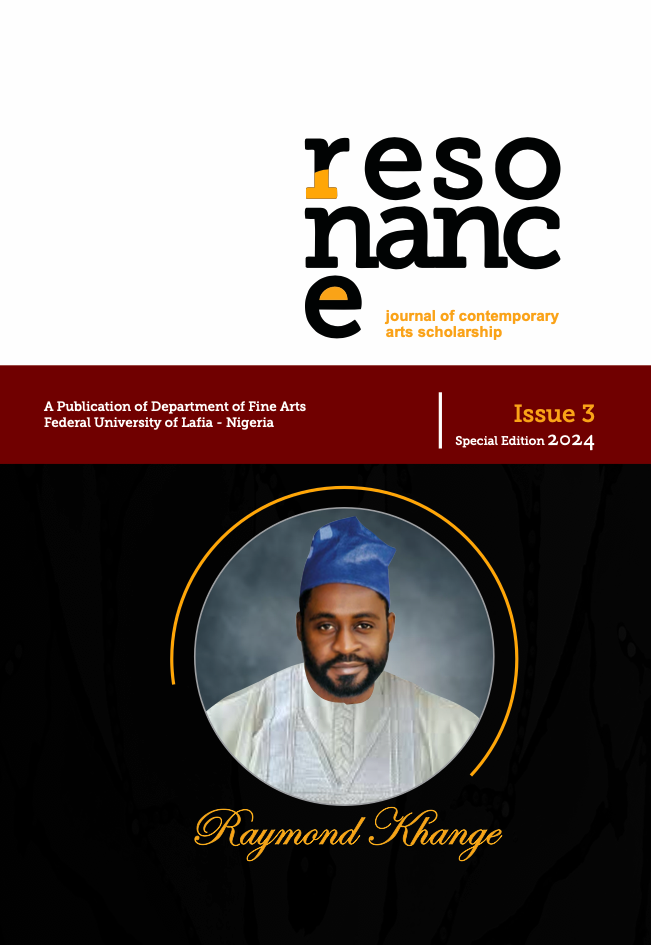ENGAGING AN EPHEMERAL OBJECT LIKE SHADOW AS A PHILOSOPHICAL SUBJECT IN MODERN PAINTING
Résumé
This paper was inspired by Paul Gauguin's theory on the inclusion of shadow in a painting. He occupies a prominent place within the history of painting and particularly in the history of Fauvism and Symbolism. The shadows in painting as an element of design, before this assertion and even after, had remained (and still do) appendages to figures and objects in paintings. Is it possible to separate the shadow from its subject material existence in paintings and create a total new concept of the shadow away from the previous idea for the aesthetic purpose in paintings? The aim of this paper is to advocate for the creation of paintings through the observation of images derived from the shadows and also, employing the thinking of Paul Gauguin and the phenomenological theories in the nineteenth-century philosophy ideas. Shadows were reconstructed in painting as independent images and not as appendages to any phenomenal object. The study was delimited to only human shadows; human form being one of the widest and attractive subjects in the history of art. The study established that the pr ices of painting and kno ledge were inepar bl act w s a e, that, in fact, painting is a tactile knowledge. When studied it does reveal theories ordinarily hidden for common and untrained eyes. Pai ting is a visual narrative n th t could c f a be read through areul contemplation. As Chirico states in Miller (2006), there are more enigmas in the shadow of a man who walks in the sun than in all the religions of the past, present and future.


